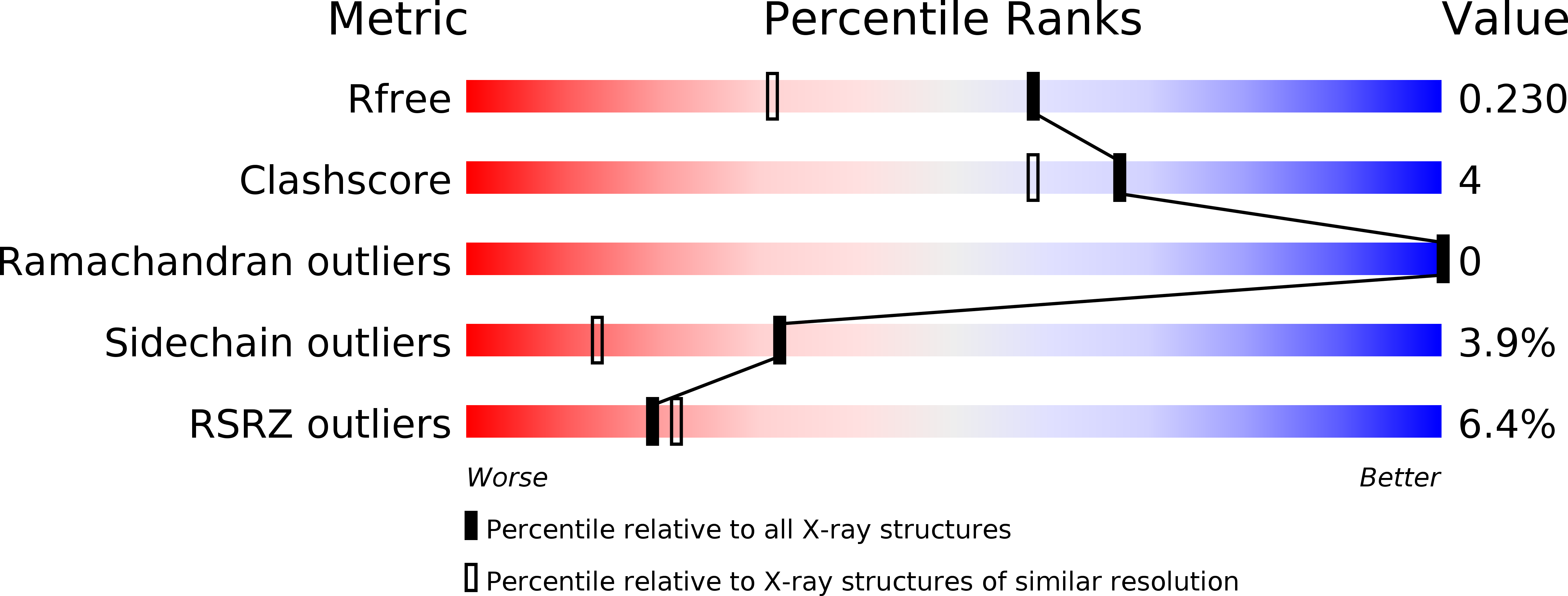
Deposition Date
2013-09-11
Release Date
2014-02-05
Last Version Date
2025-03-26
Entry Detail
Biological Source:
Source Organism:
Pseudomonas fluorescens A506 (Taxon ID: 1037911)
Host Organism:
Method Details:
Experimental Method:
Resolution:
1.70 Å
R-Value Free:
0.23
R-Value Work:
0.18
R-Value Observed:
0.19
Space Group:
C 1 2 1


